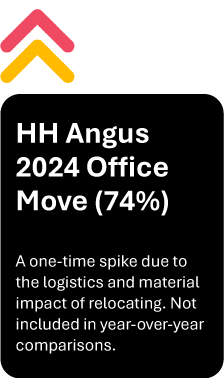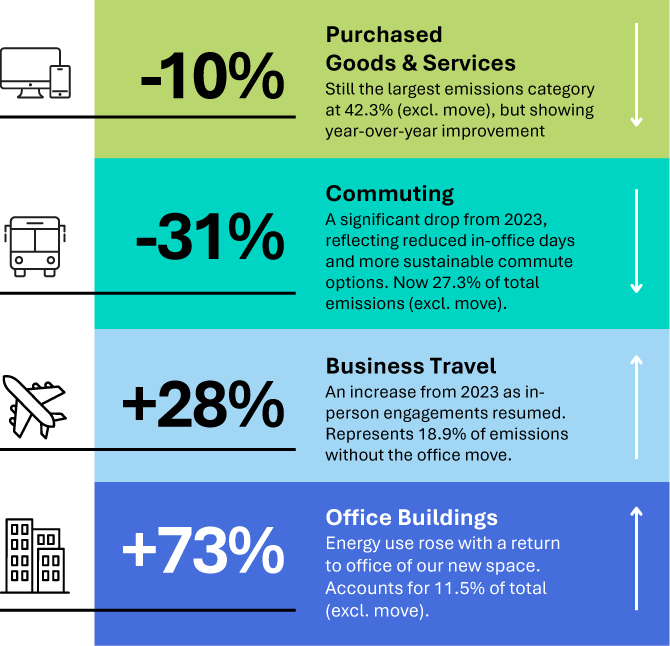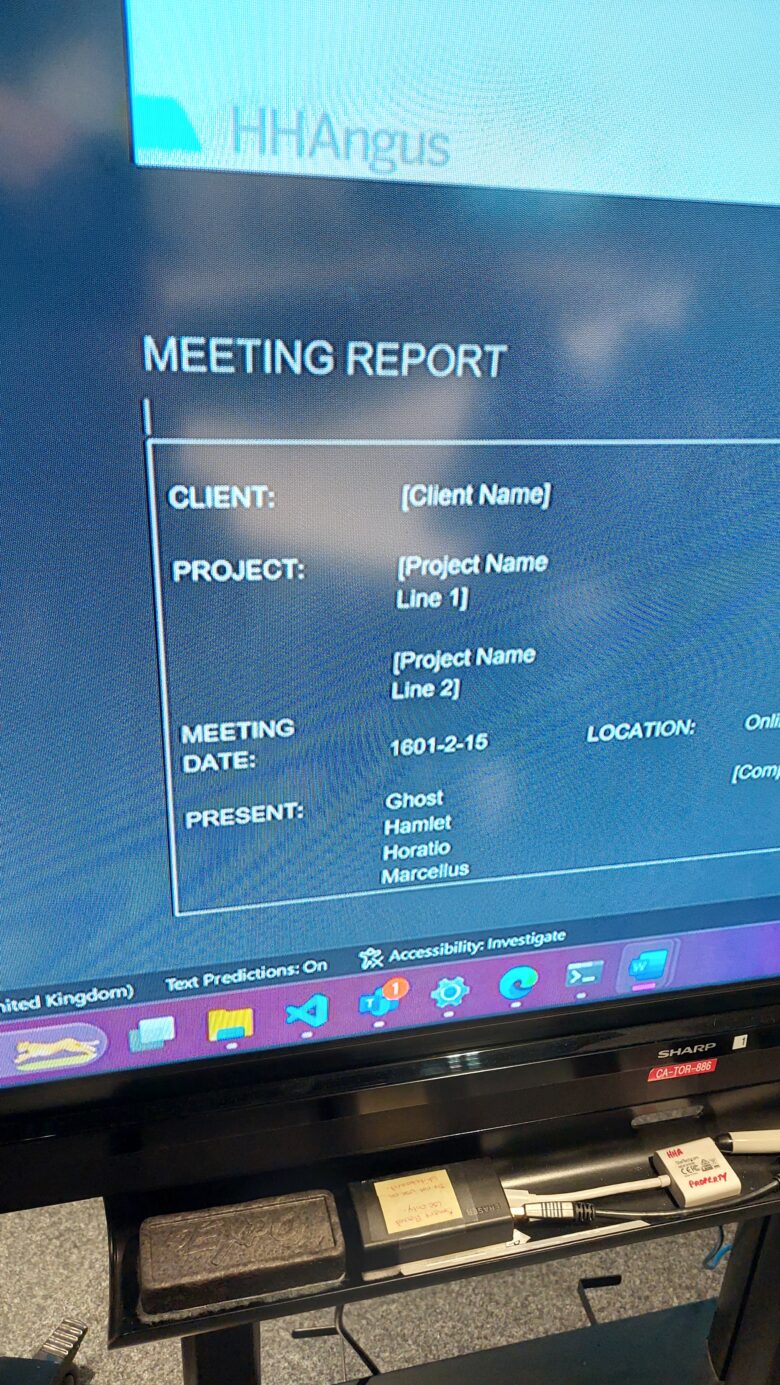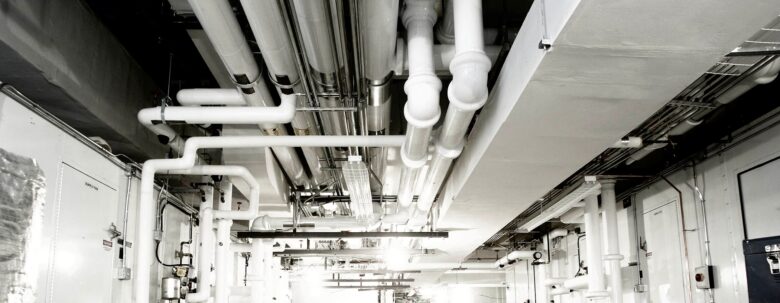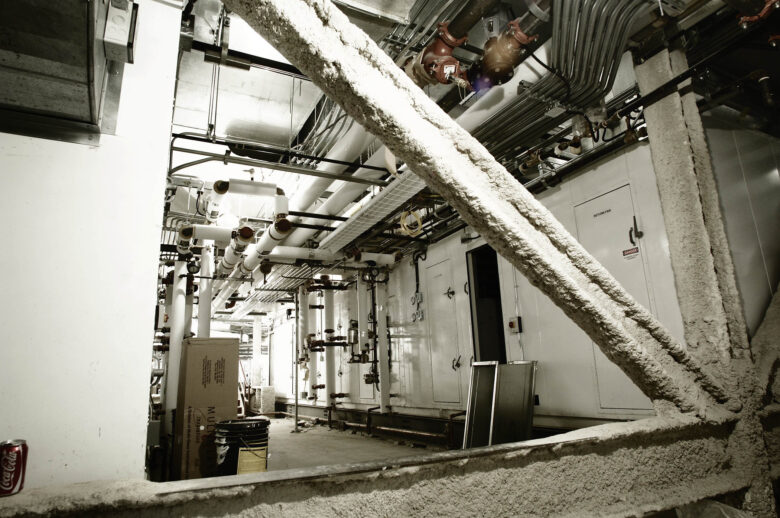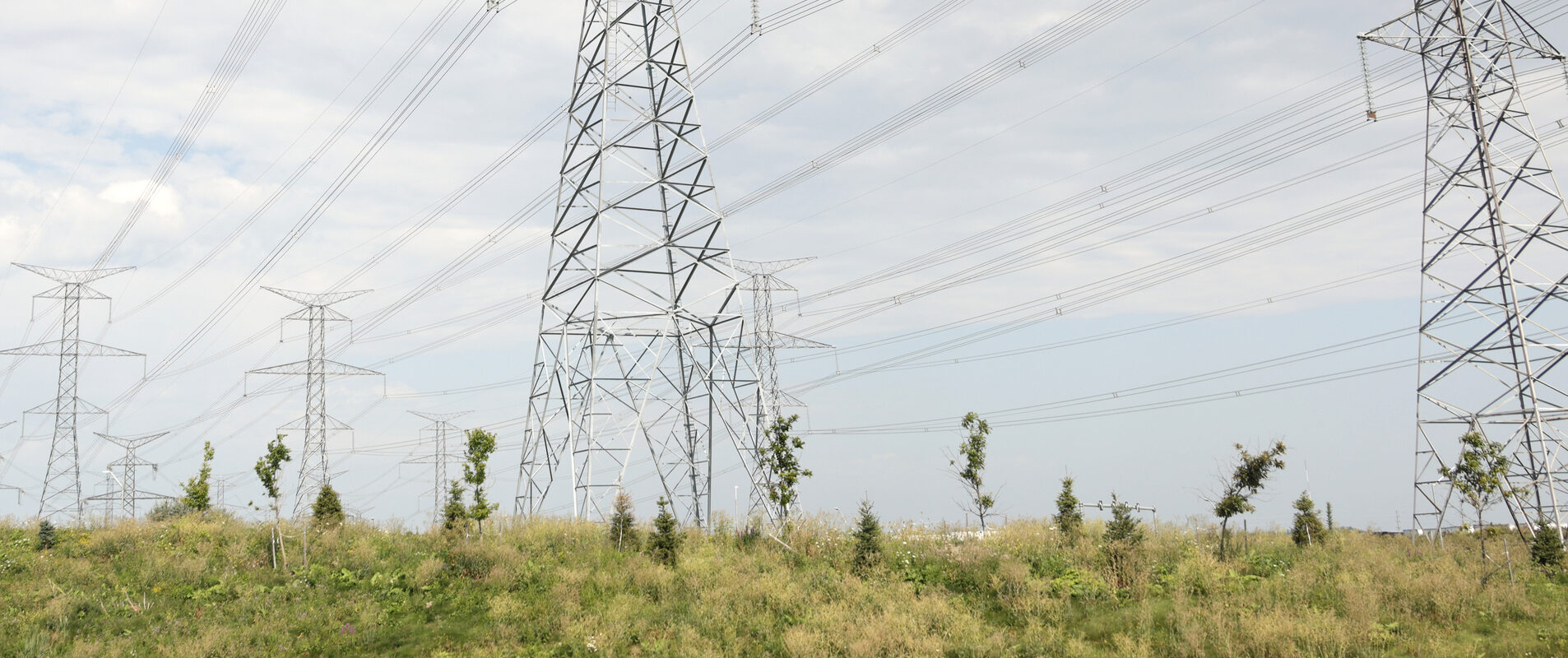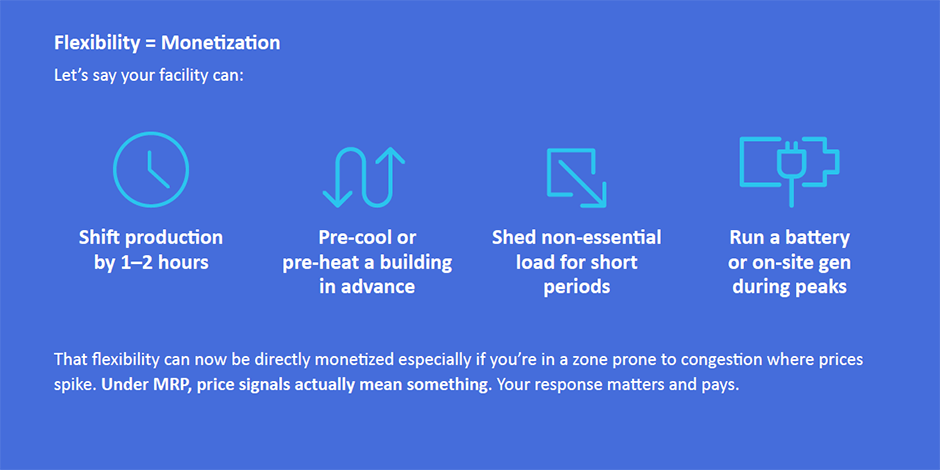Anthony Ho has been chosen by Canadian Consulting Engineer as one of 2025’s ‘Top 10 Under 40’, as CCE celebrates Canada’s next generation of consulting engineering leaders!
As an Associate Director, Principal and Mechanical Engineer, Anthony has long been recognized at HH Angus for his engineering skill, leadership, commitment to mentoring, and dedication to growing our commissioning team and scope of work. We are delighted that he is now being honoured in the industry as well.
Laying the groundwork
Anthony and his family came to Canada from Hong Kong in 1994. He learned the value of hard work from his parents; it was their example that led Anthony to pursue engineering and shaped his worldview that opportunity is a privilege not available to all, no matter how deserving.
Those lessons remain top of mind as Anthony takes on the opportunities ahead, sharing strategies for growth with those around him and coaching them to succeed. This approach is part of what makes Anthony an effective team leader - not only is he a technical expert in his field, but his management and support in the growth of an entire team of junior engineers has been exceptional.
Anthony joined HH Angus after graduating with Honours at the top of his class in mechanical engineering at the University of Waterloo, and has impressed at every stage of his career.
Commissioning specialization
Early in his career development, Anthony expressed an interest in learning how to commission buildings - a complicated, multi-step process of detailed inspection that ensures all building systems and equipment are functioning properly before the final handover of a facility to its occupants. Commissioning is a unique specialty service that requires both deep technical knowledge and a nuanced approach. Not only does it involve the development of highly sophisticated test scripts, but also managing the sometimes challenging relationships between stakeholders, including owners, contractors and consultants.
Anthony embraced the opportunity to master the new specialization and eventually became a Certified Commissioning Professional (CPP). He worked closely with his manager to grow our commissioning services by expanding the functionality of in-house tools and consistently bringing in projects under budget while maintaining a high quality of work. These successful results were recognized by a growing roster of repeat clients, and helped the division to build the business case for increased hiring to support the pursuit of larger and more complex commissioning projects. Anthony is now responsible for the firm’s Commissioning business development, training and leadership
The importance of mentorship
Over the course of his 13+ years at HH Angus, Anthony has seen his focus on solving engineering problems expand to include mentoring staff and taking an active role in their career planning.
He transitioned seamlessly into the role of Manager, heading a team with multiple mechanical engineering leads, mentoring junior/intermediate employees, directing engineering design and commissioning assignments for key mission critical clients, managing employee performance, and maintaining excellent client relationships. Anthony currently oversees a large team in alignment with his transition into the Associate Director role. His instinct to lift up those around him has contributed to the career growth of many young engineers at the firm
Some of Anthony’s significant contributions at HH Angus include:
- Solving engineering challenges on greenfield and retrofit projects for high resiliency data centres
- Development of process flows for inhouse BIM design
- Design for high containment labs (CL3) and vivarium
- Management of staff across Canada to deliver projects internationally.
Recently, Anthony served as the discipline lead for an important project representing over one million square feet of greenfield data centres in Canada. He is working with an international team of consultants and client stakeholders at the ground level to deliver this complex project where he is responsible for multiple scopes of work. Anthony’s colleagues know him to be extremely hard-working, approachable, and a leader with exceptional technical knowledge that he generously shares.
Congratulations, Anthony – you are a very deserving recipient of CCE’s ‘Top 10 Under 40’ honour!
Click here for CCE Magazine article - see Page 9





